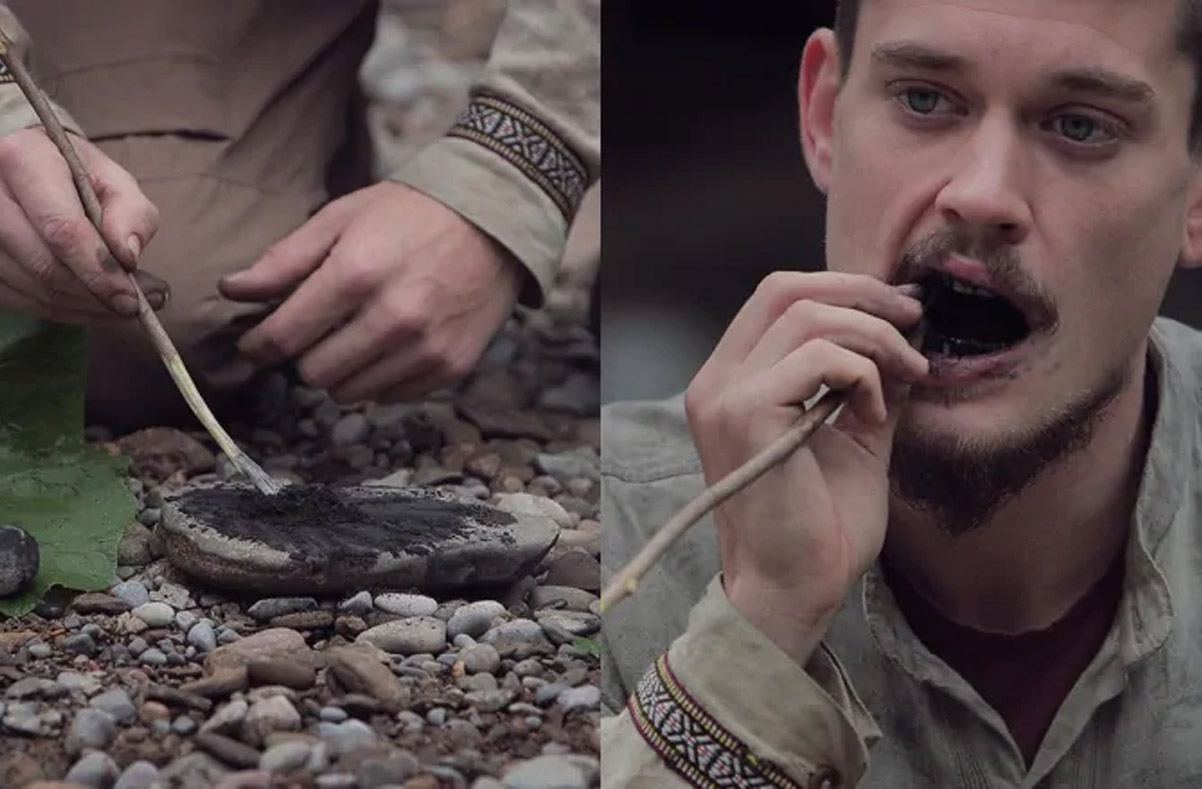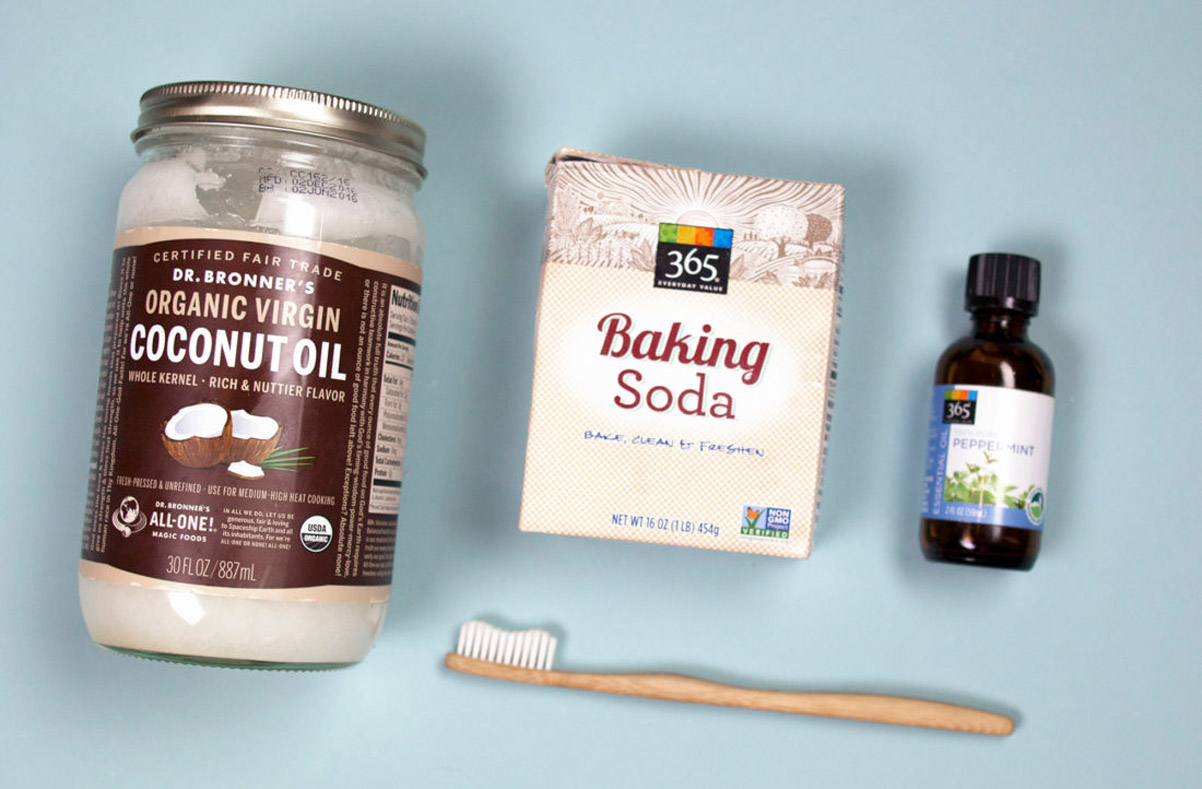on
Our oral health is crucial to fighting off certain types of bacteria and keeping us healthy. When the health of our teeth and gums suffer, things like pneumonia can be more common. Other notable problems that can occur from not brushing your teeth include coronary heart disease, dementia, diabetes, and complications during pregnancy. Research suggests that an individual can reduce their chances of pneumonia by 40% just with excellent oral health habits and care.
Short-term solutions:
Forgotten toothbrush:
- Wet a paper towel a little bit and squeeze a dab of toothpaste onto it.
- Wrap the paper towel around your finger and brush like it was a toothbrush. Be as thorough as you can to ensure your scraping off most of the plaque.
- To “brush” your tongue, you’ll just have to enact the classic scraping-with-your-teeth trick.
- Rinse thoroughly. Swish back and forth and sideways and whatever else you’ve got up your sleeve to ensure your teeth will be as clean as can be.
- If you have mouthwash or floss, go ahead and use them the best you can. Floss and swish to your heart’s desire to further the cleanliness of your pearly whites.
Cleaning without any dental supplies:
- Wash your hands thoroughly, but don’t dry them.
- Use your wet finger to rub across your teeth and gums on one side.
- Rinse your finger and repeat the second step on the other side of your teeth.
DIY Toothbrush
You can be as creative as you want when making your own toothbrush from a twig, but basically you are mashing or cutting a soft stick to mimic a toothbrush.

- Find a flexible twig such as willow, pine or spruce.
- Whittle away the bark, and square off one end.
- Make 5-6 cuts 1/4-inch deep into the end.
- Turn 90 degrees, and make 5-6 more cuts.
- Hammer, crush, or chew the “bristles” to soften.
- Brush each tooth with a downward sweeping motion.
You can also skip the knifework and just chew on the end of the debarked twig. A 2014 study in the North American Journal of Medical Science found that “[the] chewing stick has revealed parallel and at times greater mechanical and chemical cleansing of oral tissues as compared to a toothbrush.”
So now that we have the DIY toothbrush sorted out lets move on to DIY toothpaste where we have several options.
DIY Toothpaste
According to some dentists, the brushing action from the toothbrush is what keeps plaque from sticking to your teeth. Therefore, you can keep your teeth clean without toothpaste.
The technique is called “dry brushing.” You just brush your teeth with the toothbrush, making circular and up and down motions so you get the gum line. Swish water around your mouth, then spit it out.
Interestingly enough, there was a trial published in the Journal of American Dental Association that indicated that dry brushing first then using toothpaste last (to get the fresh taste) resulted in a 63% reduction in plaque build-up, and a 55% drop in bleeding of gums.

Toothpaste substitutes
- Sea Salt has cleansing properties but it can be a little too abrasive if you brush with plain salt. A better way is to dissolve a half teaspoon of salt in half a cup of water. Dip your toothbrush in the saltwater and brush your teeth.
- Baking soda is a well-known option. Place a small amount of baking soda on your toothbrush and brush your teeth. Rinse with water.
Another way is to dissolve the baking soda in water, dip your toothbrush in the mixture and start brushing. This method works particularly well with a chewing stick.
- Coconut oil has anti-fungal and anti-bacterial properties. It is a good substitute for toothpaste – dip your toothbrush in coconut oil and brush.
- Activated charcoal is NOT the same type of charcoal you use in your barbecue grill. Activated charcoal is made from materials such as wood or coconut shells that have been burned very high temperatures (1,110 and 1,650 degrees Fahrenheit) and processed further to create a charcoal powder. Activated charcoal can whiten teeth. However, it is not recommended for crowns or veneers because it can permanently stain the surface.
Note that charcoal can be quite abrasive to your teeth and if taken from a fire pit could also contain sand or dirt that can crack teeth. In a survival situation, a toothbrush is far more important than toothpaste so we suggest using the frayed twig alone (dry brushing) without charcoal.
- Spruce pitch (crystallized sap) isn’t a toothpaste substitute but it is known to have antiseptic qualities that will fight bacteria growth, and it can be chewed on much like gum. Spruce pitch even has a refreshing evergreen flavor. It can be used in combination with a chew stick and any of the above methods.
Get access to premium content and more!





